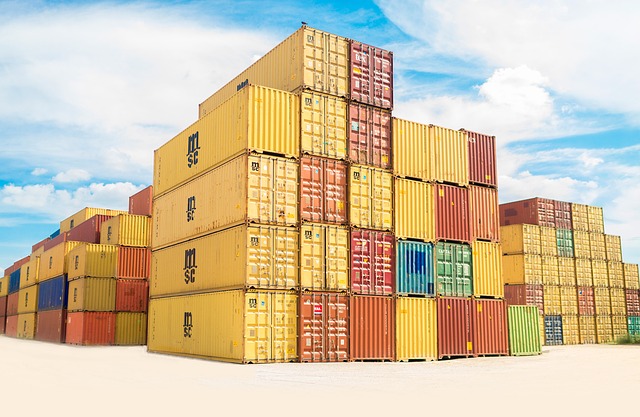China's export volume
of cystine surged at the beginning of 2018, mainly attributed to the demand
surge in Russia and Germany. The trend is similar to the one in the first half
of 2017.

According
to data by tranalysis.com/Services/Index#item2?KeyWordID=a79ce48b5d184549a8fa7166008f3ad3&PublisherID=b3fac7dd-9156-424c-9843-193631ebb67b' target='_blank'>China Customs, the export volume of cystine exported in China in
January 2018 went up by 137.29% MoM as well as 31.50% YoY. Further in February,
the export volume continued to increase by another 60.08% MoM and 825.18% YoY.
According to market intelligence firm CCM, the increases in export volume can
be explained by the low prices that are currently witnessed in China's cystine
market.
In
terms of export destination, the demand soared in Russia. More than a half of
the total export volume in January went to Russia. Germany saw especially
significant increases in demand in February, an increase up by 6,054.55% MoM.
Notably,
in 2017, Germany imported 11.85 tonnes and Russia only 1.53 tonnes, even
smaller. However, in the first two months of 2018, Russia's imports of cystine
increased by 1,100.33% compared with the whole year of 2017, and German's up by
42.83%.
At
present, most of the domestic producers extract cystine after the hydrolysis of
hydrochloric acid, using human and pig hair as the raw materials. Some also use
chicken and duck hair, as well as pigs' feet carapace as the raw materials.
Since the 1950s, China has been the world's largest producer and exporter of
cystine in the world, offering 80%-85% of the global supplies.
The
European and American countries, Japan, and more developing countries are the
importers. However, the lack of R&D abilities has put China a lower place
in the value chain. The whole cystine industrial chain, including cystine,
cysteine, acetylcysteine, and s-carboxymethyl-l-cysteine, should be the
development trend.
China's cystine export
in H1 2017
Great
fluctuations were seen in the export volume during the first six months of
2017. The figure surged in January but quickly declined in February again. Then
it climbed up in March and further increased to the highest monthly record of
H1 in May. Similar to the current development, the recovery in export volume
was mainly boosted by the declines in export prices.
The
domestic cystine output is now growing by 3%-5% annually, yet the market demand
still can hardly be met, given its wide application in fields such as
pharmaceuticals, food, cosmetics and healthcare products. For instance,
cystine, together with glycine and glutamic acid, can be synthesised into
glutathione, a greatly demanded active pharmaceutical ingredient used in
antidotes and eye drops. Its downstream products have also seen growing
demands. Take cysteine as an example: as popular active pharmaceutical
ingredient applied in health care food, it is predicted to record double demand
in the coming years.
Domestically,
cystine consumption mainly concentrates in South China, North China and, in
particular, East China, which are also the main markets of pharmaceuticals,
food and cosmetics.
There
are dozens of cystine manufacturers in China currently, but most are small- and
medium-sized. These producers mainly extract cystine from human hair or pig
hair after it is hydrolysed with hydrochloric acid. As the state reinforces
environmental regulations, many of them have to withdraw from the market due to
their failure to meet environmental protection standards, which will then significantly
improve the production concentration of the domestic cystine business.
Given
the deepening industrial optimisation and the growing demand, the domestic
cystine business is expected to remain prosperous in the coming years. Also,
China's hair-extracted acids&KeyWordID=f5299d7e41974a94842f97050c4259ed&PublisherID=b3fac7dd-9156-424c-9843-193631ebb67b' target='_blank'>amino acids are likely to keep a leading position in the
international market, especially in fields like
pharmaceuticals, healthcare products, daily chemicals, food,
beverages, and feeds.
About the article
The
information for this article comes from CCM, China's leading market
intelligence provider for the fields of agriculture, chemicals, food and feed.
Take
part in the discussion by joining our groups on LinkedIn and Facebook.
Follow
CCM on Twitter: CCM_Kcomber